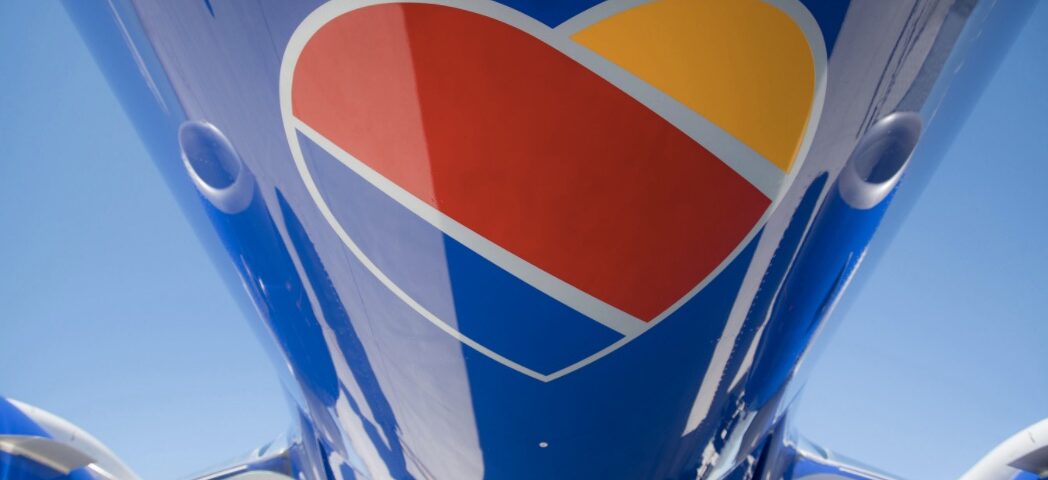
(Mc)Wages Around the U.S.
September 9, 2018
Pink It, Shrink It, and Gender Design Discrimination
September 11, 2018In Texas, during July, 1971, Southwest launched its first flight. Now operating from more than 100 U.S. airports, the airline has influenced almost every market that it entered.
Who knew though that it also fueled scientific research?
The Southwest Recipe
According to a July 2017 paper, Southwest has a recipe with just five ingredients. The first was for the airlines. The rest helped you, me, and scientists who wanted to collaborate.
1. Efficiency
Using point to point, Southwest did not copy the legacy airlines’ hub and spoke model. Point to point helped them achieve a “ten-minute turn” on the ground that kept more planes in the air generating revenue. Meanwhile, only flying 737s, they standardized flight procedures and cut costs.
2 and 3. Product Simplicity and Frequency
For passengers, coach was the single option. You got a free snack, typically some nuts, and no seat assignment. (Interestingly, the no assignment approach is fastest when boarding.) Also, their higher frequency flights gave passengers more alternatives.
4. Low Fares
Most crucially, Southwest typically charged substantially less than other carriers. Basing fares on cost rather than what the competition charged, they wanted to attract the people who had been using cars, trains and buses.
5. Culture
Distinctively friendly and funny, the Southwest employee brought humor to a flight:
Impact on Scientific Collaboration
Long distance collaboration provides scientists with added alternatives. They can choose from a larger talent pool and share the risk of a chancy idea. They also could access better equipment.
Next, knowing the value of long distance collaboration, a group of economists wondered if cheaper travel increased it. So, they compared data on 758 long distance collaborative pairs doing chemistry research, where and when Southwest Airlines entered a market, and the universities that were located near destination cities.
You can see where this is going. Because the Southwest “recipe” lowered travel costs, there was 50% more collaboration between scientists in the newly connected destinations. The result? The connection boosted quality and innovation.
Our Bottom Line: Frictions
Whether using oil on a sliding door or Amazon’s one-click, you are reducing friction. The oil and the one-click diminish the resistance that constrains an activity
Similarly, Southwest diminished the geographical friction that hinders long distance collaborative research through its lower fares, efficiency, and pleasant culture.
My sources and more: I do recommend subscribing to the NBER Digest. Their monthly missives alert me to interesting research like the Southwest/science connection. From there, I did return to this econlife on Southwest and to this paper on the Southwest effect. On the other hand, just to enjoy yourself, do listen to the Southwest How I Built This podcast.
Several sentences in this post were published in a past econlife.
![econlifelogotrademarkedwebsitelogo[1]](/wp-content/uploads/2024/05/econlifelogotrademarkedwebsitelogo1.png#100878)




